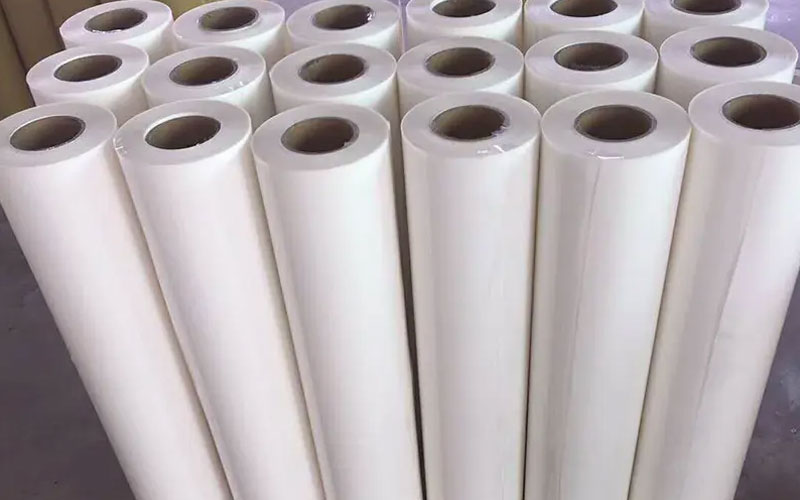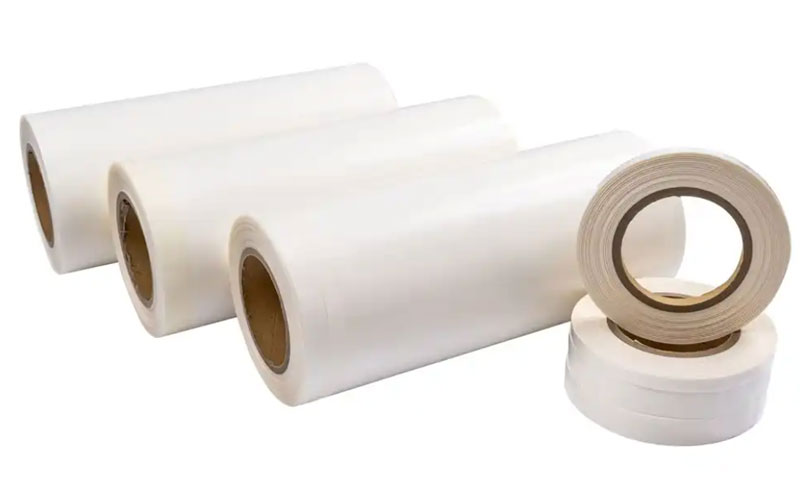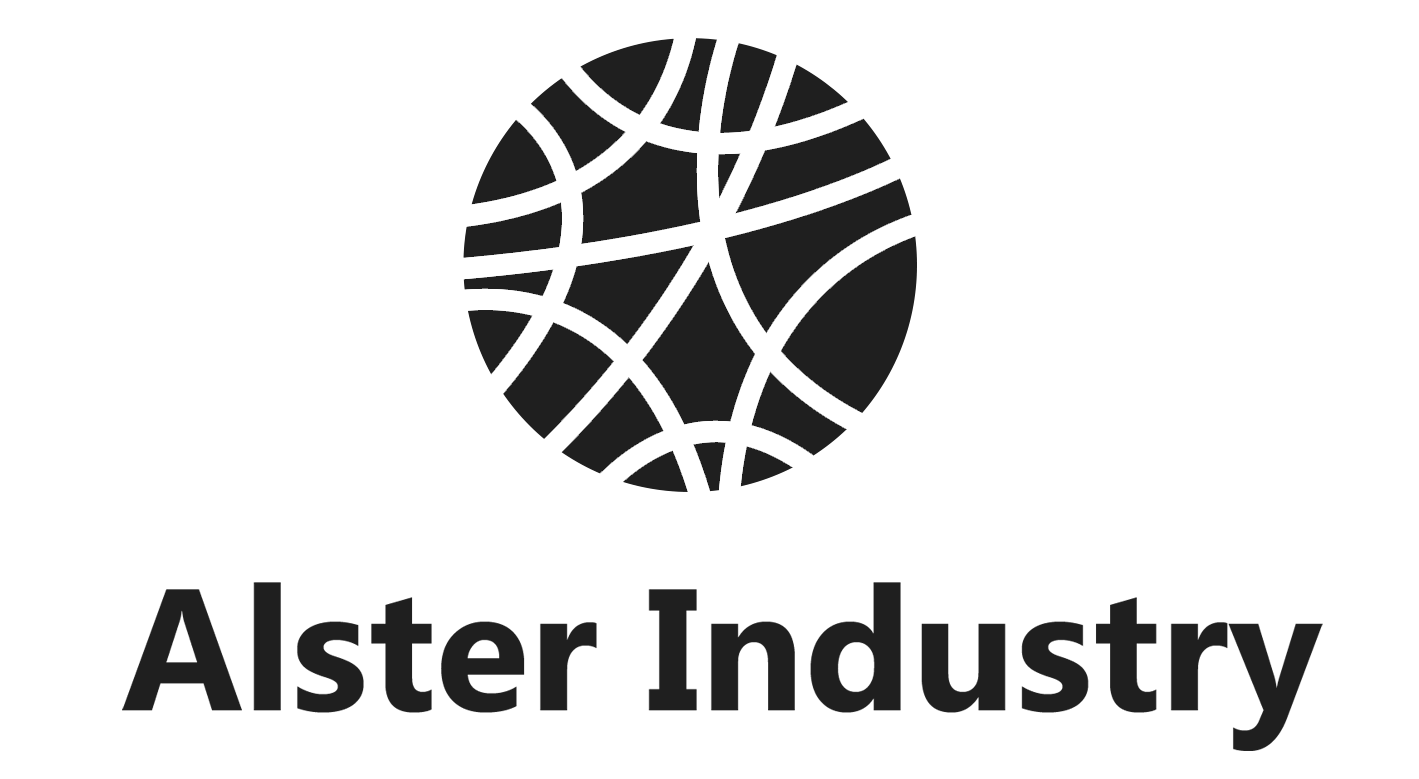In the rapidly evolving manufacturing and packaging industry, adhesives play a crucial role in ensuring efficiency, durability, and aesthetic quality of products. Among various adhesive solutions, hot melt adhesive film has gained significant popularity due to its versatility, speed, and strong bonding properties. For businesses in the Philippines, understanding the applications, benefits, and sourcing options for hot melt adhesive film is key to staying competitive in both local and export markets. This article will serve as a comprehensive guide to hot melt adhesive film Philippines, covering its properties, applications, advantages, and tips for sourcing from trusted manufacturers.

What is Hot Melt Adhesive Film?
Hot melt adhesive film is a solid adhesive material that melts when heated and solidifies upon cooling, forming a strong bond between surfaces. Unlike liquid adhesives, hot melt adhesive films are pre-formed sheets that allow precise application, reduce mess, and improve production efficiency. The film is typically made of thermoplastic polymers, sometimes combined with additives to enhance adhesion, flexibility, or heat resistance.
Key Properties of Hot Melt Adhesive Film
Understanding the core properties of hot melt adhesive film can help Filipino manufacturers and businesses select the right product for their needs. Some of the most important properties include:
- High Bond Strength: Hot melt adhesive films provide strong adhesion to a variety of materials, including textiles, plastics, metals, and paper.
- Fast Setting Time: The film quickly bonds surfaces upon cooling, reducing production time compared to solvent-based adhesives.
- Heat Resistance: Many hot melt adhesive films can withstand high temperatures, making them suitable for applications like automotive components or electronics.
- Flexibility: These films maintain their adhesive performance even under stress or movement, ideal for flexible materials like fabrics and laminates.
- Clean Application: Being a pre-formed film, it eliminates spillage, dripping, or uneven spreading that occurs with liquid adhesives.
Applications of Hot Melt Adhesive Film in the Philippines
The Philippines has a growing manufacturing sector, particularly in textiles, packaging, electronics, and furniture. Hot melt adhesive film fits well in these industries due to its adaptability and efficiency. Below are some key applications:
1. Textile and Garment Industry
In the Philippine textile sector, hot melt adhesive films are widely used for bonding fabrics, laminating nonwoven materials, and creating seamless garments. They are especially popular in:
- Interlining for garments: Providing structure and stiffness to collars, cuffs, and waistbands.
- Laminated fabrics: Creating water-resistant or decorative layers in jackets, bags, and upholstery.
- Seam bonding: Eliminating traditional stitching, which improves aesthetics and reduces production time.
2. Packaging and Labeling
The packaging industry in the Philippines has experienced growth in consumer goods, e-commerce, and food packaging. Hot melt adhesive films provide:
- Secure sealing of cartons and boxes: Ensuring products remain intact during transportation.
- Label adhesion: Offering durable bonding for paper, cardboard, or plastic labels.
- Eco-friendly alternatives: Many hot melt adhesive films are solvent-free, reducing environmental impact.
3. Automotive and Electronics
In high-tech manufacturing sectors, including automotive parts and electronics assembly, precision and reliability are critical. Applications of hot melt adhesive film include:
- Insulation bonding: Securing protective layers on wires or electronic components.
- Panel lamination: Bonding dashboard panels or interior trims in vehicles.
- Flexible electronic assembly: Attaching films, foils, or membranes with precision.
4. Furniture and Woodworking
The Filipino furniture industry can benefit from hot melt adhesive film for:
- Laminating veneers: Attaching thin layers of wood or synthetic laminates to surfaces.
- Edge banding: Securing protective or decorative edges on tables, cabinets, and shelves.
- Cushion bonding: Ensuring upholstery fabrics adhere cleanly to foam or padding.
Advantages of Hot Melt Adhesive Film for Filipino Businesses
For businesses operating in the Philippines, the choice of adhesive material can significantly impact production efficiency, cost-effectiveness, and product quality. Hot melt adhesive films offer several advantages:
1. Increased Production Efficiency
Traditional liquid adhesives often require long drying times, complex application methods, and cleanup procedures. Hot melt adhesive films, however, can be applied quickly with heat, solidifying almost instantly. This reduces labor costs, speeds up assembly lines, and increases overall productivity.
2. Cost-Effective Solution
Although hot melt adhesive films may initially seem more expensive than liquid adhesives, they often reduce waste and energy costs. Pre-formed sheets ensure exact usage, eliminating excess adhesive. Additionally, the fast setting time decreases production delays, leading to lower operational costs.
3. Clean and Safe Operation
Hot melt adhesive films are typically solvent-free, making them safer for factory workers and environmentally friendly. Unlike liquid adhesives, which may release fumes or require chemical solvents, adhesive films offer a clean, non-toxic solution. This is particularly important in the Philippine manufacturing context, where health and safety regulations are gaining more attention.
4. Strong and Reliable Bonding
Hot melt adhesive films provide superior adhesion across a wide range of materials. For products that require long-lasting performance, such as clothing, packaging, and electronics, these films ensure durability and resistance to peeling or failure.
5. Versatility in Application
Whether it’s bonding fabrics, laminating wood, or sealing cartons, hot melt adhesive films can be customized to different thicknesses, adhesion levels, and temperature ranges. This versatility allows Filipino businesses to adopt a single adhesive type for multiple processes, reducing inventory complexity.

Choosing the Right Hot Melt Adhesive Film in the Philippines
When sourcing hot melt adhesive film in the Philippines, manufacturers and businesses should consider several factors:
1. Material Compatibility
Not all adhesive films work on every substrate. It’s essential to choose a film specifically designed for the materials you intend to bond, whether textiles, plastics, metals, or paper products. Testing samples before bulk purchasing is highly recommended.
2. Temperature Range
Hot melt adhesive films require heating to bond effectively. Ensure the film’s melting point matches the production process’s heating equipment and the materials’ tolerance to heat. Some applications, like electronics or delicate fabrics, may require low-temperature adhesives.
3. Film Thickness and Adhesion Strength
The thickness of the film affects both the bond strength and application method. Thin films are ideal for flexible materials, while thicker films provide stronger bonding for rigid or heavy materials. Adhesion strength should match the product’s functional requirements without causing damage to the substrates.
4. Supplier Reliability
Partnering with a trustworthy supplier ensures consistent quality, timely delivery, and technical support. For Filipino businesses, sourcing from established manufacturers in China offers competitive pricing and access to high-quality adhesive films.
Sourcing Hot Melt Adhesive Film from China to the Philippines
China is one of the largest producers of hot melt adhesive films globally. Filipino manufacturers benefit from importing Chinese adhesive films due to:
- Competitive Pricing: Chinese manufacturers offer high-quality films at cost-effective rates.
- Variety of Options: Various types of films with different adhesion levels, thicknesses, and temperature ranges are available.
- Technical Expertise: Many Chinese suppliers provide technical guidance, helping Filipino businesses select the right product and optimize application processes.
- Custom Solutions: Some manufacturers offer custom formulations to meet unique production needs.
When importing to the Philippines, businesses should consider logistics, shipping times, import duties, and local distribution channels. Partnering with a supplier who understands international shipping regulations can streamline the process.
Industry Trends in the Philippines
The demand for hot melt adhesive films in the Philippines is rising due to multiple factors:
- Growth of the Textile Industry: Philippine textile manufacturers are increasingly using seamless bonding techniques for garments and accessories.
- Expansion of E-Commerce: Rising online shopping creates a higher demand for durable packaging solutions.
- Focus on Sustainability: Solvent-free adhesive films align with global trends toward environmentally friendly production processes.
- Technological Advancements: New adhesive films offer improved heat resistance, flexibility, and ease of application, supporting advanced manufacturing processes.
Practical Tips for Using Hot Melt Adhesive Film in Filipino Manufacturing
To maximize the benefits of hot melt adhesive films, consider these practical tips:
- Pre-Test Adhesion: Always test the adhesive film on sample materials before full-scale production.
- Control Heating Parameters: Use precise heat and pressure settings to ensure consistent bonding.
- Store Properly: Keep adhesive films in a cool, dry place to maintain performance and shelf life.
- Optimize Production Layout: Design assembly lines to reduce handling time, as hot melt adhesive films set quickly.
- Train Staff: Ensure production workers understand proper application techniques and safety measures.

Conclusion
Hot melt adhesive film is transforming manufacturing and packaging processes worldwide, and the Philippines is no exception. With its versatility, efficiency, and reliability, this adhesive solution is ideal for textiles, packaging, electronics, furniture, and beyond. Filipino businesses looking to improve production speed, reduce costs, and ensure product quality can greatly benefit from incorporating hot melt adhesive film into their operations.
By understanding the properties, applications, advantages, and sourcing strategies for hot melt adhesive film in the Philippines, manufacturers can make informed decisions that drive productivity and competitiveness in both local and export markets.
Whether you are producing seamless garments, laminated packaging, automotive components, or furniture, hot melt adhesive films offer a reliable, efficient, and clean bonding solution suitable for diverse industries across the Philippines.
